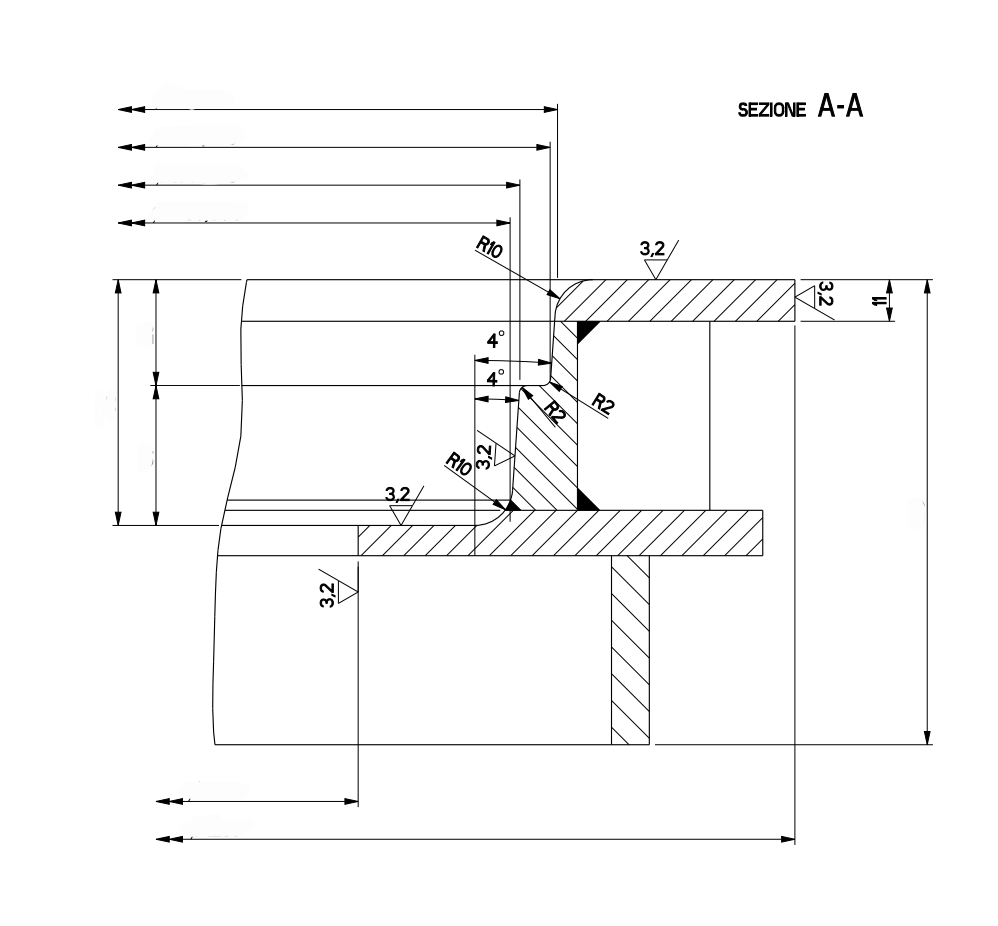- Afrikaans
- Albanian
- Amharic
- Arabic
- Armenian
- Azerbaijani
- Basque
- Belarusian
- Bengali
- Bosnian
- Bulgarian
- Catalan
- Cebuano
- China
- China (Taiwan)
- Corsican
- Croatian
- Czech
- Danish
- Dutch
- English
- Esperanto
- Estonian
- Finnish
- French
- Frisian
- Galician
- Georgian
- German
- Greek
- Gujarati
- Haitian Creole
- hausa
- hawaiian
- Hebrew
- Hindi
- Miao
- Hungarian
- Icelandic
- igbo
- Indonesian
- irish
- Italian
- Japanese
- Javanese
- Kannada
- kazakh
- Khmer
- Rwandese
- Korean
- Kurdish
- Kyrgyz
- Lao
- Latin
- Latvian
- Lithuanian
- Luxembourgish
- Macedonian
- Malgashi
- Malay
- Malayalam
- Maltese
- Maori
- Marathi
- Mongolian
- Myanmar
- Nepali
- Norwegian
- Norwegian
- Occitan
- Pashto
- Persian
- Polish
- Portuguese
- Punjabi
- Romanian
- Russian
- Samoan
- Scottish Gaelic
- Serbian
- Sesotho
- Shona
- Sindhi
- Sinhala
- Slovak
- Slovenian
- Somali
- Spanish
- Sundanese
- Swahili
- Swedish
- Tagalog
- Tajik
- Tamil
- Tatar
- Telugu
- Thai
- Turkish
- Turkmen
- Ukrainian
- Urdu
- Uighur
- Uzbek
- Vietnamese
- Welsh
- Bantu
- Yiddish
- Yoruba
- Zulu
Nov . 18, 2024 07:19 Back to list
aluminum casting molds
Exploring Aluminum Casting Molds Innovations and Applications
Aluminum casting is a widely used manufacturing process that transforms molten aluminum into desired shapes and components through various methods. Central to this process are aluminum casting molds, which play a crucial role in determining the quality, dimensions, and surface finish of the final product. Over the years, advancements in mold design and materials have significantly enhanced the casting process, ensuring efficiency and precision in producing complex parts used in different industries.
Understanding Aluminum Casting Molds
Aluminum casting molds are typically made from high-performance materials that can withstand the high temperatures associated with molten aluminum, which can reach upwards of 660 degrees Celsius (1220 degrees Fahrenheit). The choice of mold material depends on several factors, including the desired reproduction accuracy, the number of parts to be produced, and the budget constraints of the project.
The most common types of molding techniques used in aluminum casting include sand casting, die casting, and investment casting. Each method utilizes different types of molds
1. Sand Casting This technique uses sand as the primary mold material. Sand molds are typically made by mixing sand with a binder and forming the shape of the object to be cast. This method is highly versatile and cost-effective, making it suitable for both small and large production runs. However, the surface finish and dimensional accuracy may not be as high as other methods.
2. Die Casting In die casting, metal molds are created from steel or aluminum. This process allows for high-volume production of complex shapes with tight tolerances. Die casting molds are designed to endure numerous cycles, making them suitable for mass production. The speed and efficiency of die casting make it a popular choice in industries such as automotive and electronics.
3. Investment Casting This method involves creating a wax pattern of the desired shape, which is then coated in a ceramic material to form a mold. Once the mold hardens, the wax is melted away, leaving a precise cavity for the molten aluminum. Investment casting is favored for its high accuracy and excellent surface finish, making it ideal for intricate components found in aerospace and medical applications.
Advancements in Mold Technology
aluminum casting molds

Recent innovations in aluminum casting molds have dramatically improved the casting process
. The introduction of computer-aided design (CAD) software has enabled engineers to create highly detailed and optimized mold designs, enhancing the overall performance of the casting process. Additionally, advancements in 3D printing technology are revolutionizing mold production by allowing for rapid prototyping and the creation of complex geometries that were previously challenging to achieve.Another significant advancement is the development of new mold coatings, which improve the thermal conductivity and release properties of molds. These coatings help reduce defects such as porosity and oxidation, ensuring that the final aluminum products meet stringent quality standards.
Environmental Considerations
As industries increasingly prioritize sustainability, the aluminum casting sector is also adopting eco-friendly practices. Many manufacturers are now using recycled aluminum, which requires less energy to melt compared to primary aluminum production. Furthermore, advancements in mold materials and processes have led to reduced waste generation and lower emissions during the casting process.
Applications Across Industries
Aluminum casting molds are utilized in a wide range of industries, including automotive, aerospace, consumer goods, and machinery. In the automotive sector, aluminum castings are used for engine blocks, transmission cases, and wheels, benefiting from the lightweight and durable nature of aluminum. Meanwhile, in the aerospace industry, precision castings play a vital role in manufacturing critical components where performance and weight reduction are paramount.
Furthermore, the consumer goods sector utilizes aluminum castings in various household items and appliances, highlighting the versatility of this manufacturing process.
Conclusion
In conclusion, aluminum casting molds are an integral part of the aluminum casting process, influencing the quality and efficiency of final products. With ongoing advancements in mold technology, manufacturers can produce increasingly complex and high-quality components while embracing sustainability. As industries continue to evolve, the role of aluminum casting molds will remain vital in meeting the demands of modern manufacturing and engineering challenges.
-
8mm Thin-Walled Cast Steel Manhole Cover Pallet Bottom Ring | Durable
NewsAug.04,2025
-
Premium Cast Iron Water Main Pipe: Durable, Corrosion-Resistant
NewsAug.03,2025
-
Durable Cast Iron Water Mains | AI-Optimized Systems
NewsAug.02,2025
-
High-Efficiency Propane Boiler for Baseboard Heat | Save Energy
NewsAug.01,2025
-
Premium Source Suppliers for Various Gray Iron Castings
NewsJul.31,2025
-
Durable Cast Iron Water Main Pipes | Long-Lasting
NewsJul.31,2025


